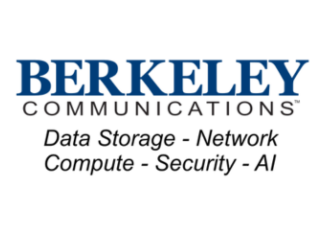
Nick Giannuzzi
Managing Partner & Co-Founder
Humble Growth

Jeff Echols
VP of Strategic Partners
Hammerspace
With a dynamic 20-year career in enterprise software, Jeff Echols has established himself as a leader in building differentiated solutions, strategic relationships, and driving joint partner success. He is currently the VP of Strategic Partners at Hammerspace, focusing on the company's AI Solutions and go-to-market strategy. His extensive experience spans enterprise and startup environments, including two IPOs and international assignments. Throughout his career at companies like WEKA, Nutanix, and CommVault, Jeff has led sales, product marketing, and corporate strategy teams, contributing to significant revenue growth and market differentiation.
Dr. Robert Huizinga
Interim Chief Executive Officer
Kane Biotech




